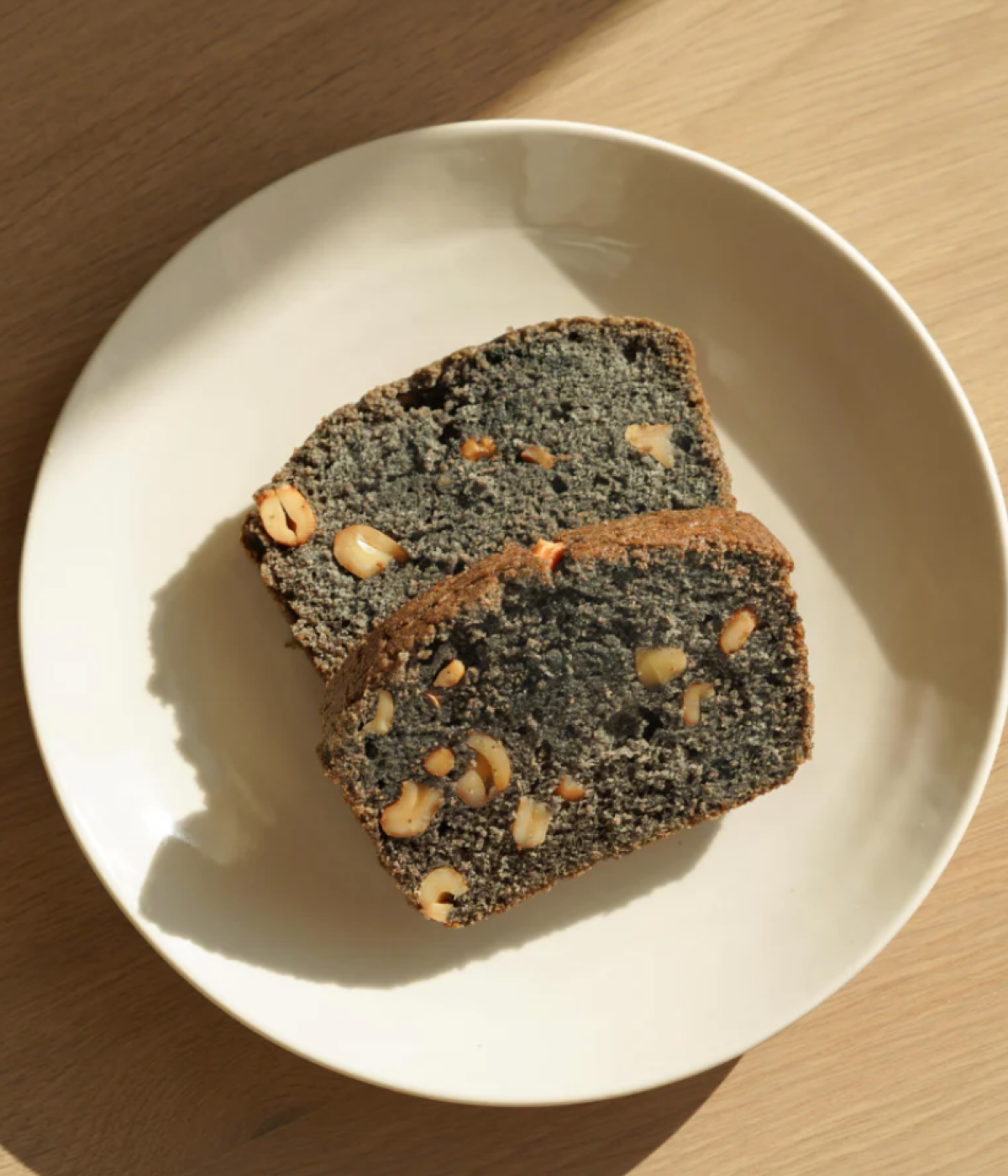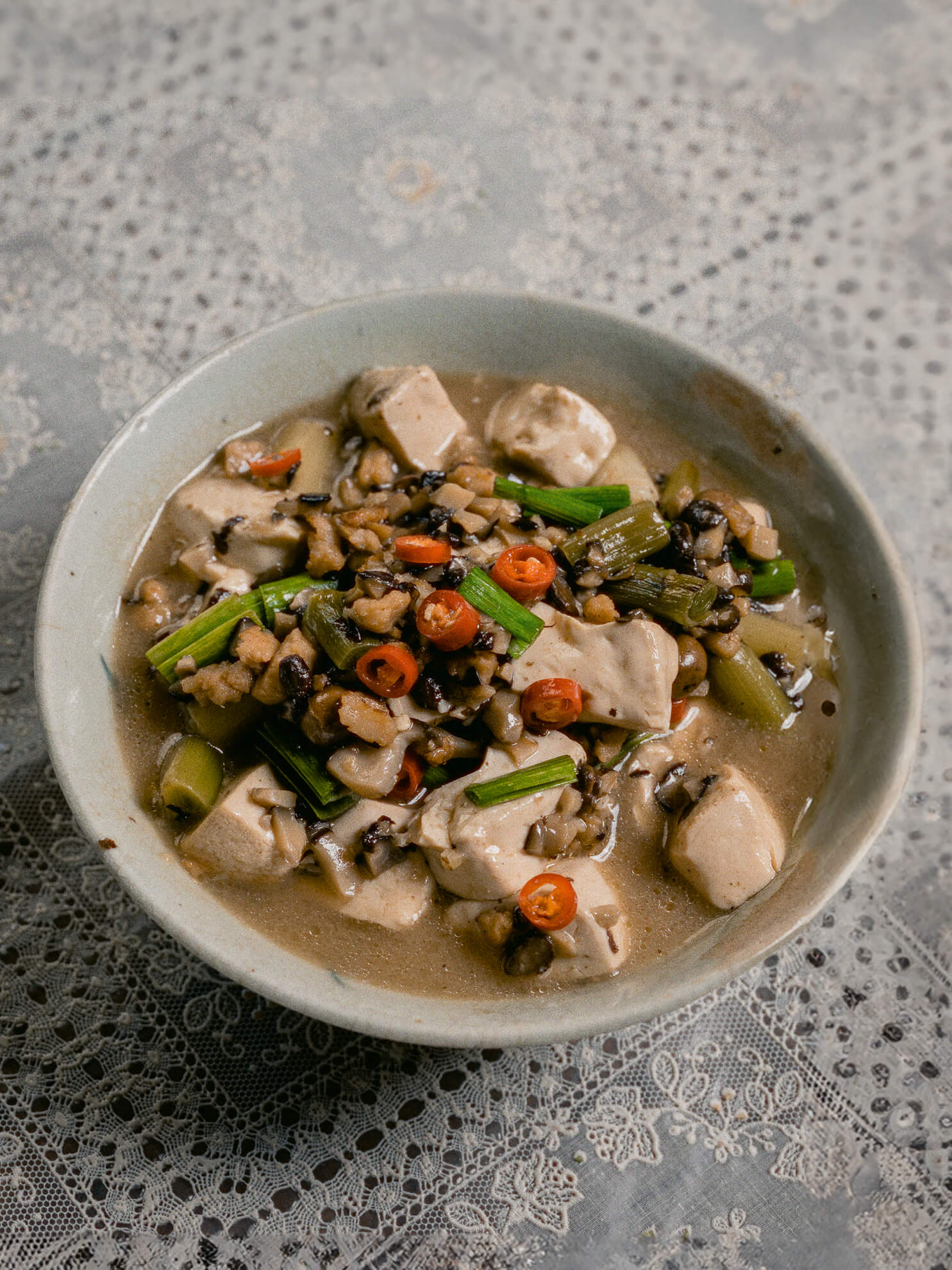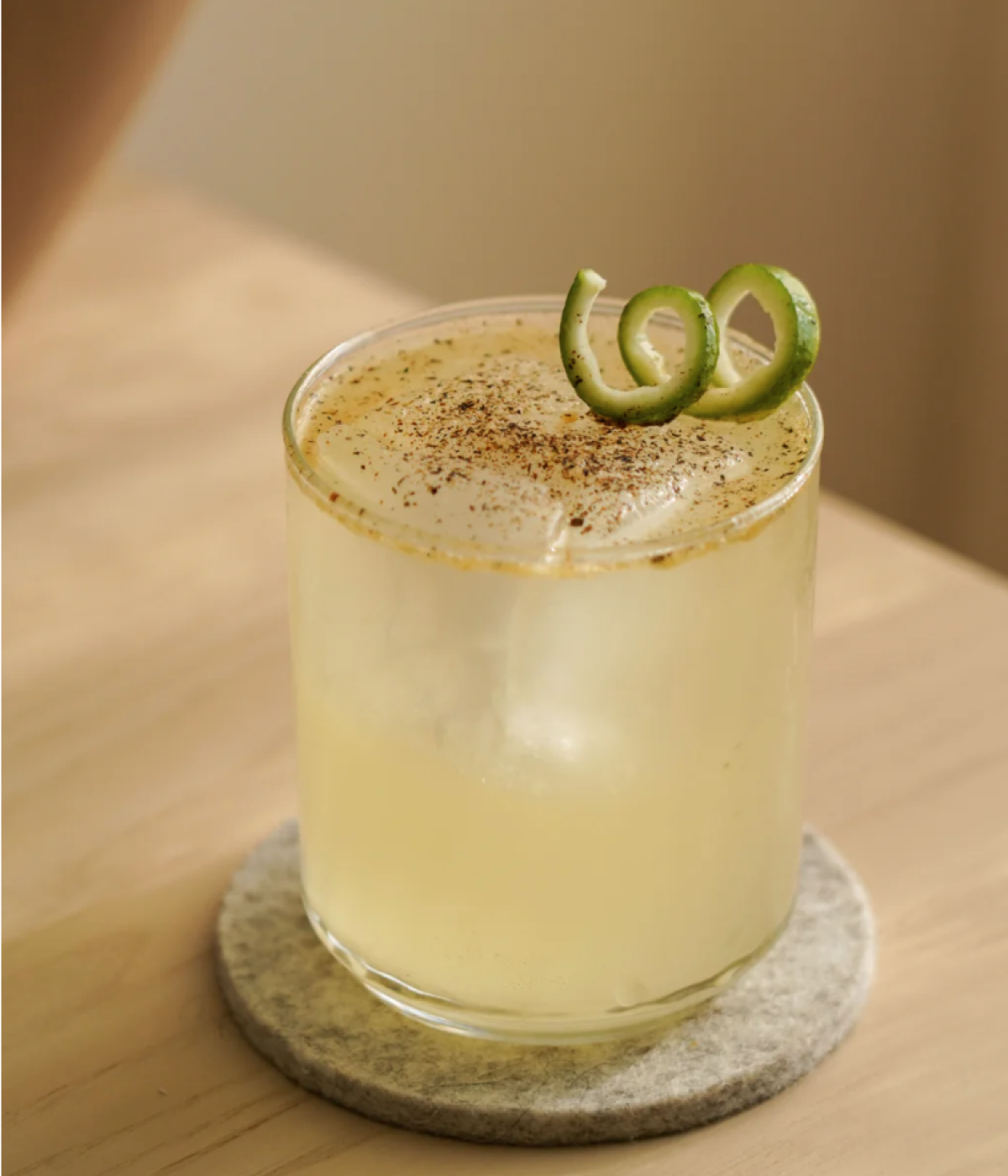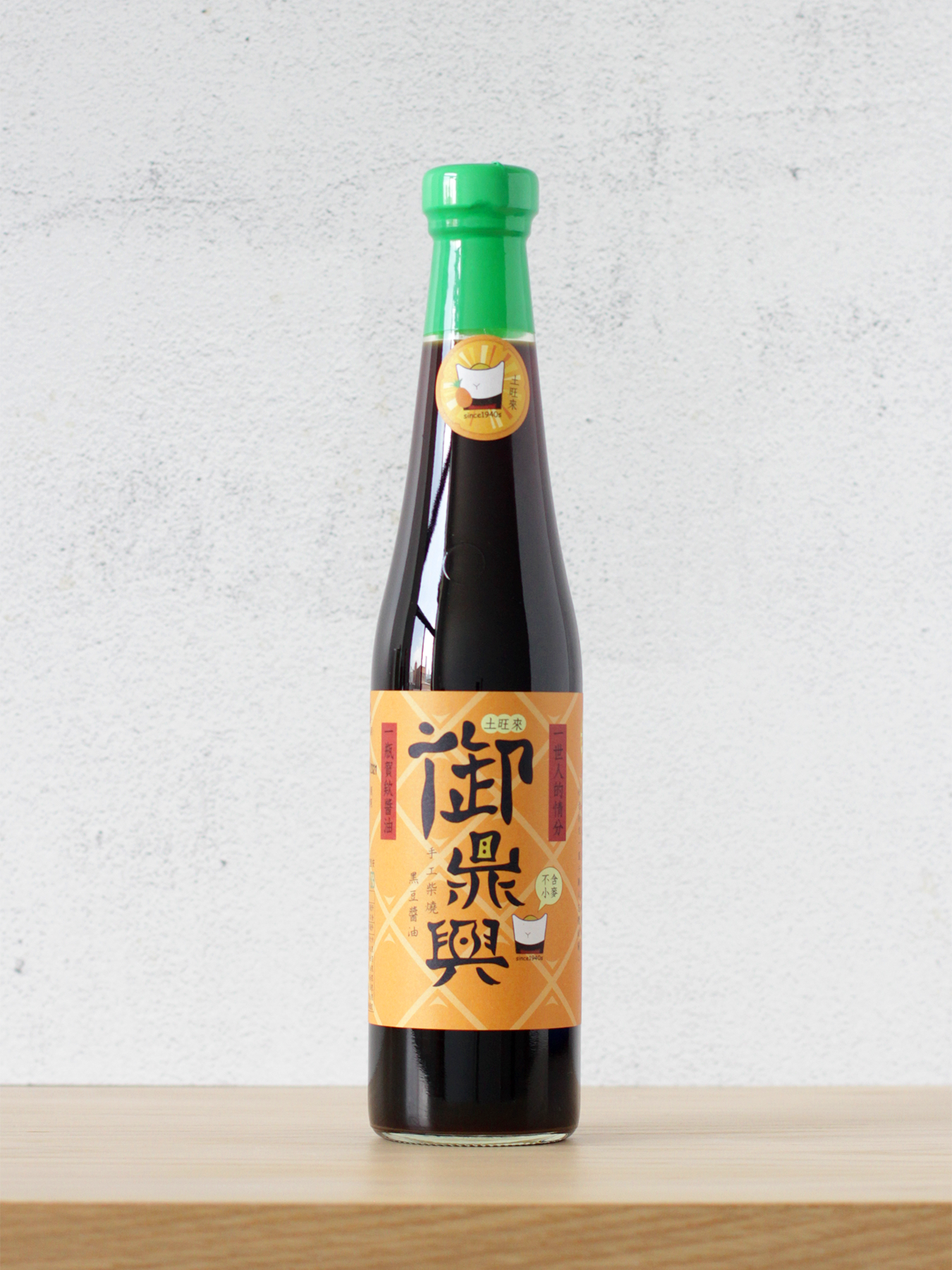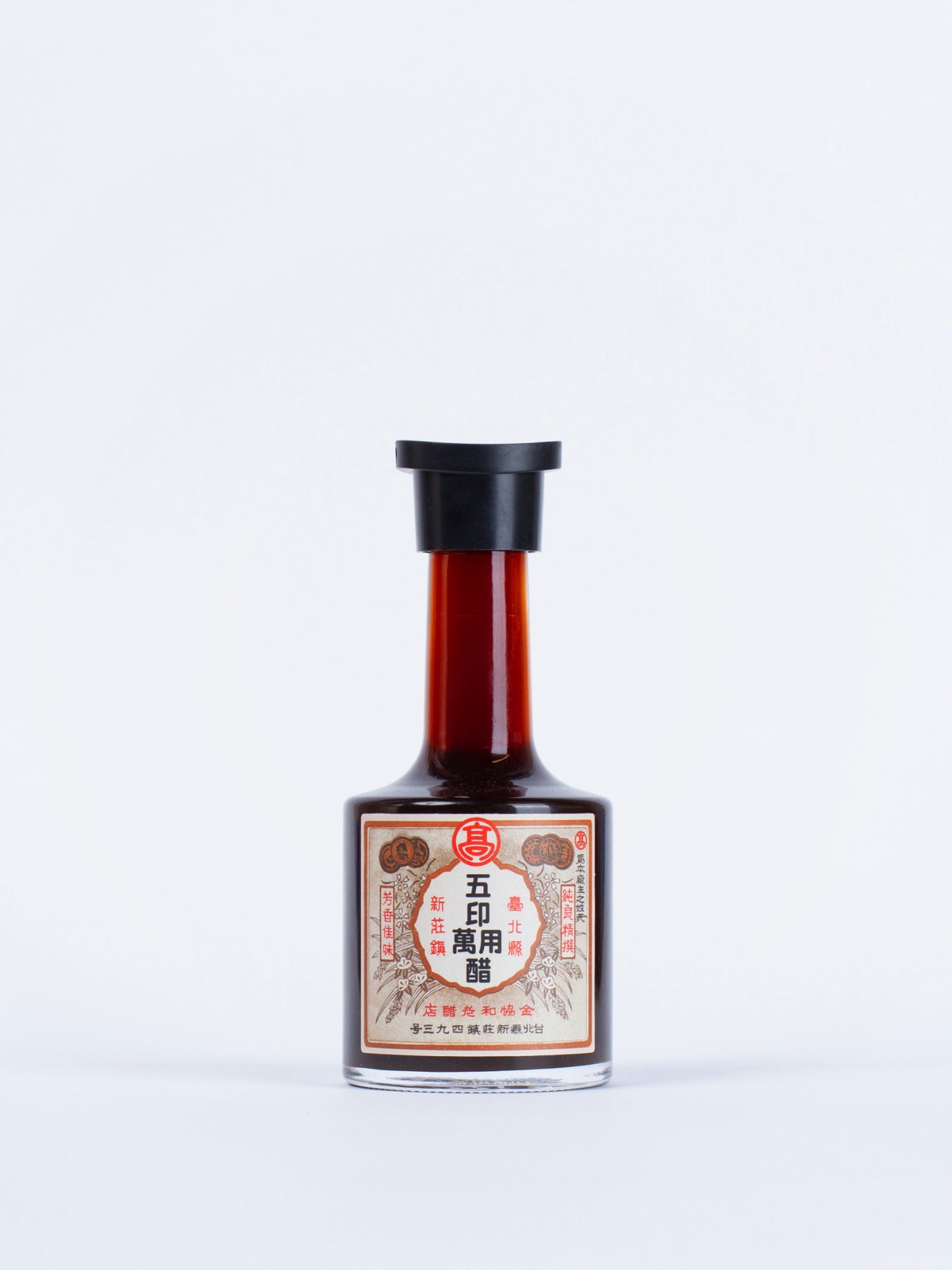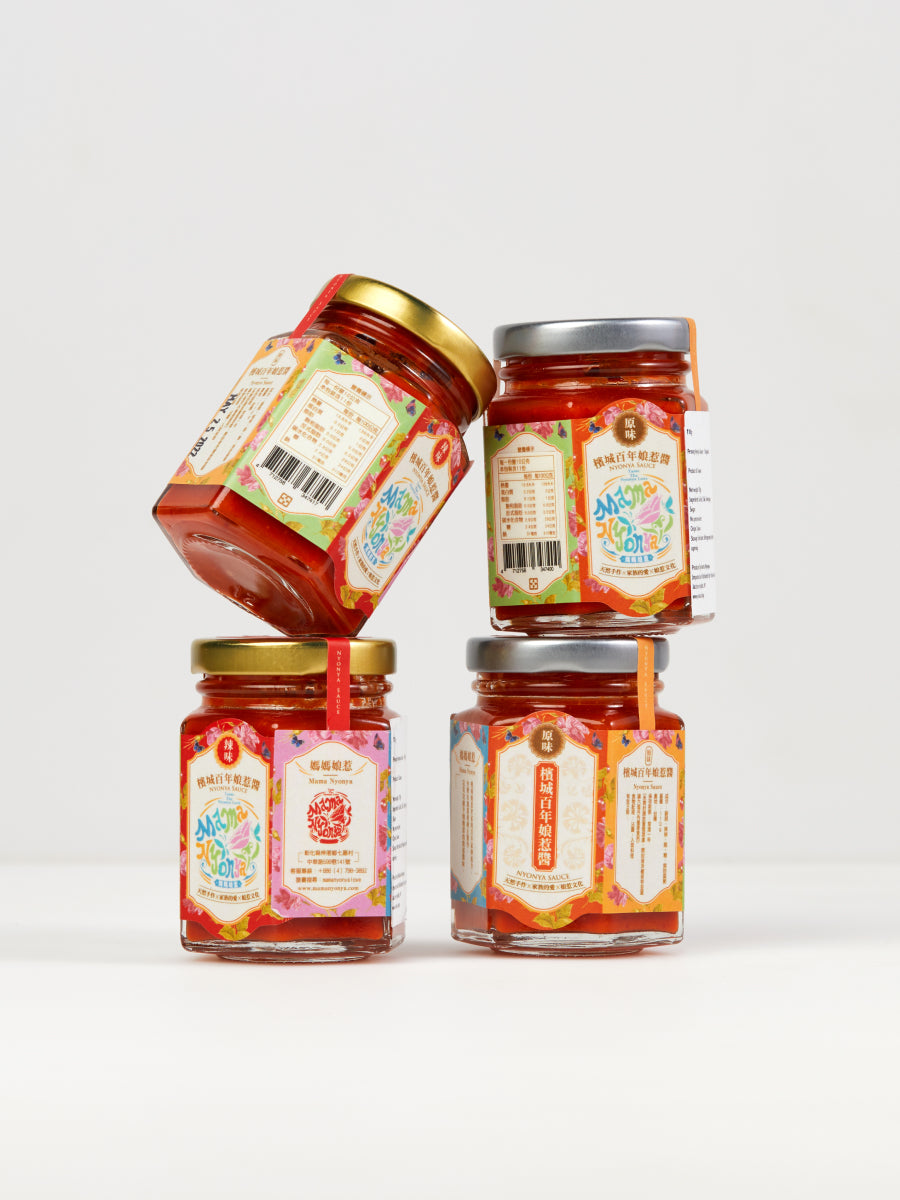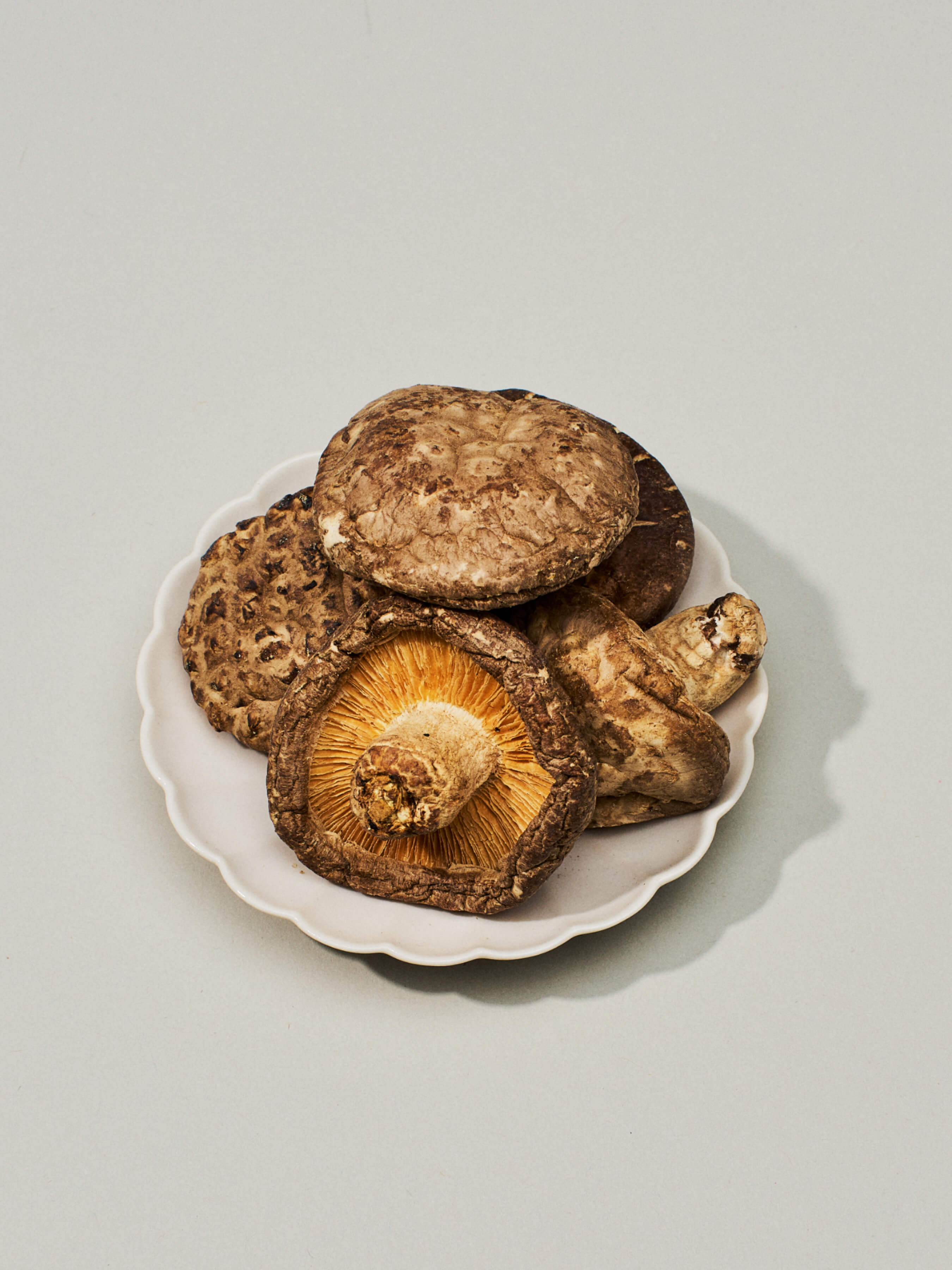Red Oil Wontons 紅油抄手
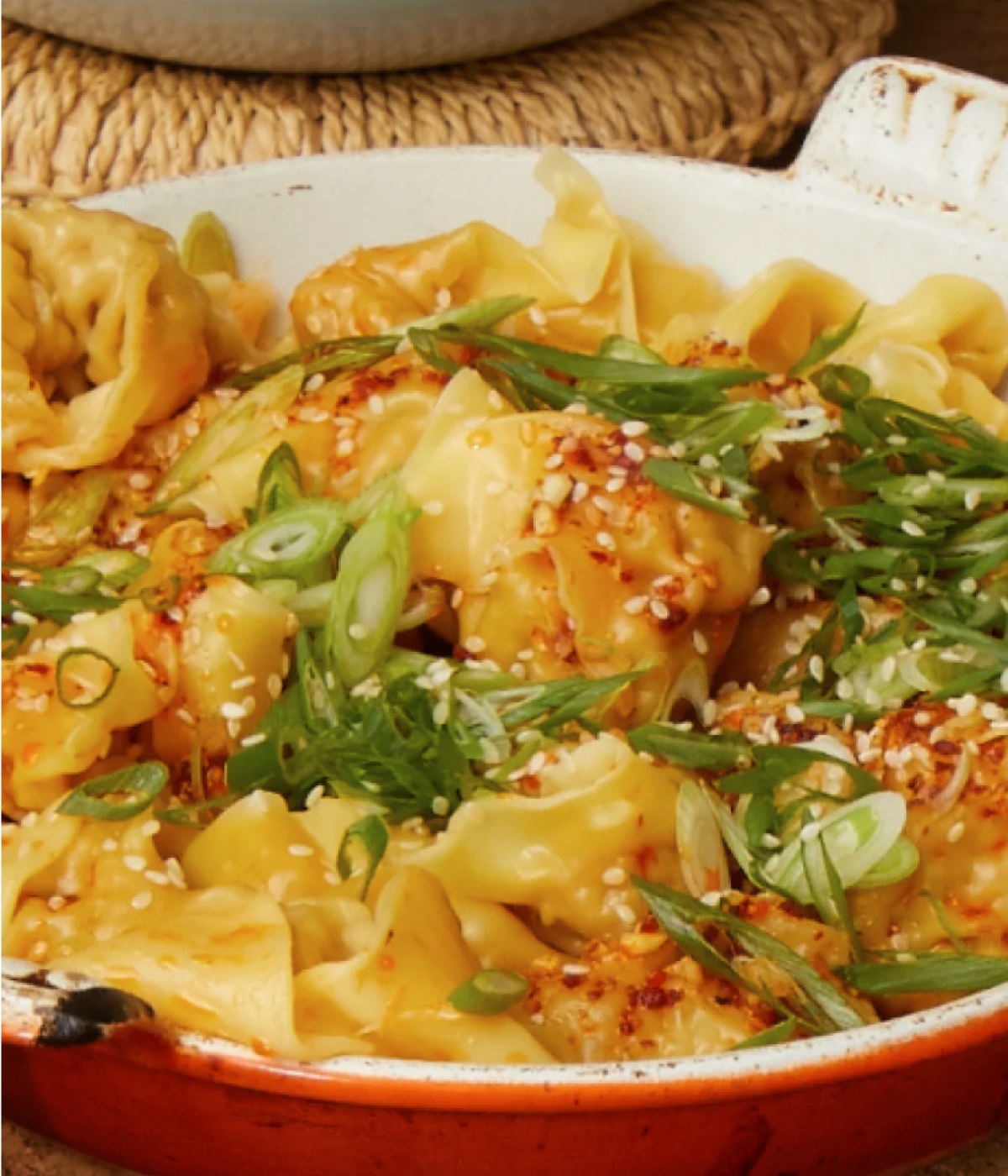
Red Oil Wontons make an excellent Sunday Supper, especially in the winter months, when being outside is not always an option. Folding wontons with friends and family is a lovely and cozy way to pass the time. With premade wonton wrappers and a simple filling, this recipe comes together quickly, especially with more a few extra hands on deck.
Once you whip up a batch of delicious Chao Shou (抄手) wontons and freeze them, putting together a silky, lustrous bowl with red oil is a cinch, provided you have soy sauce, rice vinegar, toasted sesame oil, and chili oil on hand, all pantry staples I use almost daily. The slippery, soft wonton wrappers with velvety filling are a beautiful contrast to a spicy, sour, tangy sauce. Chao Shou means “crossed arms,” and refers the folding style, where you do indeed cross the tiny, cute, little arms of each wonton into the perfect surface for catching all the complexities of the sauce.
This sauce and variations of it is one of my go-to dressings for cold dishes. In addition to red oil wontons, use the sauce to dress cold poached chicken, raw cucumbers (salt the cukes and let them sit for a half hour to remove water before dressing), or even as a quick weeknight noodle sauce (mix in a free tablespoons of sesame paste to add body and add a little more sugar, if you ask me). Feel free to sub in different brands of soy sauces and vinegars - for a more Sichuan style dish, use Black Chinkiang vinegar (different from Taiwanese Black Vinegar). I specify a white vinegar here, for a more Taiwanese rendition.
A few tips:
- I’d recommend making the sauce after you make the filling but before you start assembling the wontons.
- The filling is infinitely better with a good dose of fat. I usually buy both ground pork and ground fatty pork at the Chinese grocery store, and mix them at about a 2:1 ratio.
- A good wonton is relies on a well salted filling - no amount of sauce will cover the blandness inside. I usually fry up a tiny bit of the filling before salting to give it a taste test, and adjust.
- I don’t use eggs in my dumpling filling, just in wontons. It guarantees that velvety, succulent inside that offsets the tangy sauce beautifully.
- To freeze, lay them out on a baking sheet or plate with parchment paper or flour underneath, separated. Freeze them this way for an hour or so and then transfer them into a bag or container. It’s important to freeze them separately so they don’t clump together. Wontons can be boiled fresh or frozen. Generally, when they are floating, they’re cooked through.
Red Oil Wontons by Lisa Cheng Smith 紅油抄手
Makes 48 wontons and 3-4 servings of sauce (we recommend serving 6-8 wontons per person as a side or 10-12 as a main course) and freezing the rest)
Sauce Ingredients
- 4 cloves of garlic
- 4 Tbsp. Traditional Firewood Soy Sauce
- 2 Tbsp. rice vinegar (Kon Yeh or similar)
- 1 tsp. sugar
- 4 Tbsp. Dong He White Sesame Oil
- 2-4 Tbsp. Su Chili Crisp (to taste)
Wonton ingredients
- 1 lb. fatty ground pork
- 1 scallion, finely chopped
- 1 Tbsp. Firewood Soy Paste
- 1 Tbsp. Dong He White Sesame Oil
- 1Tbsp. grapeseed or vegetable oil
- 1 tsp. finely grated peeled ginger
- 1 tsp. rice wine
- 1 tsp. kosher salt
- ¼ tsp. freshly ground white pepper (optional)
- 1 large egg
- 48 wonton wrappers
Garnish Ingredients
- 1 tsp. of toasted white sesame seeds (optional)
- a good handful of chopped scallion greens
Sauce Instructions
- Smash the garlic with the back of a cleaver until it is split open and relatively flat, so plenty of the interior is exposed. Alternatively, finely mince instead. Smashed cloves will infuse the sauce with garlic flavor, but less “bite”. If you prefer a spicier garlic flavor, use the mince. I use both interchangeably, depending on my mood (and sometimes the garlic).
- Measure out the soy sauce and rice vinegar into a bowl. Add the smashed garlic cloves, or garlic mince, and give a quick stir.
- While stirring (with chopsticks), drizzle the sesame oil in slowly until it’s incorporated. The sauce does not need to be emulsified, but it’s nice when the sesame oil doesn’t immediately float to the top.
- Add sugar, slowly, stir, and taste. To me, there’s nothing worse than an over sweetened 紅油 sauce. It needs sweetness for the sweet and sour effect, but overdo it and the subtleties are lost. Adjust according to your own personal taste and the brands of soy sauce and vinegar you use, which contain varying levels of sweetness. Note: If you like, you can dump all the ingredients together in a bowl and simply stir to incorporate. I do that once I’ve got my ratios down, but if I switch brands of soy sauce or vinegar or simply don’t feel like measuring, I tend to “construct” the sauce and taste as I go.
- Let the sauce sit at least fifteen minutes to infuse the garlic flavors. If you are using the smashed garlic method, remove the cloves before serving.
紅油 is best used same day, but can be refrigerated and used within the next two to three. If you’re going to make it ahead, I’d recommend going the smashed clove method, as the garlic can get a bit mushy when sitting in the sauce too long.
Wonton Instructions
- Using your hands, mix pork, scallion, soy paste, sesame oil, grapeseed oil, ginger, wine, salt, and pepper (if using) in a large bowl until thoroughly combined. Crack egg into center of mixture and stir vigorously in one direction with a wooden spoon or rubber spatula until mixture is shaggy and lightened in color, about 4 minutes. By whipping it together in one direction, the strands of meat and fat tangle together (almost like felting? Any crafters out there?) and create a fluffier, more robust filling. Once mixed, cover and chill 15 minutes up to four hours.
- Fill a small bowl with cold water and stack the wonton wrappers nearby (cover with a cloth or a piece of plastic wrap to keep them from drying out while you work). Take a wonton wrapper and lay it in your palm. Using a pair of chopsticks or a spoon, press a small amount of the filling into the center of wrapper. Dip a finger into water and run it around edges (just a drop’ll do ya). Fold wrapper in half on a diagonal and press edges tightly together to seal, pressing out any trapped air. Dip your finger into water again and dampen 2 bottom corners of wonton. Bring corners (arms) together and pinch to seal, this is the 抄手 or “folded arms”. Place on a parchment-paper lined baking sheet. Keep these covered with plastic while you work to keep them from drying out. Repeat with remaining wonton wrappers and filling.
- Bring a large pot of water to a boil. Working in batches of up to 10 at a time, boil wontons until they float to the surface, 3-4 minutes. Using a spider or slotted spoon, transfer to serving bowl; let cool slightly. Freeze any wontons you don’t use for an easy dinner later next week.
- Pour sauce over; garnish with scallions and sesame seeds.

